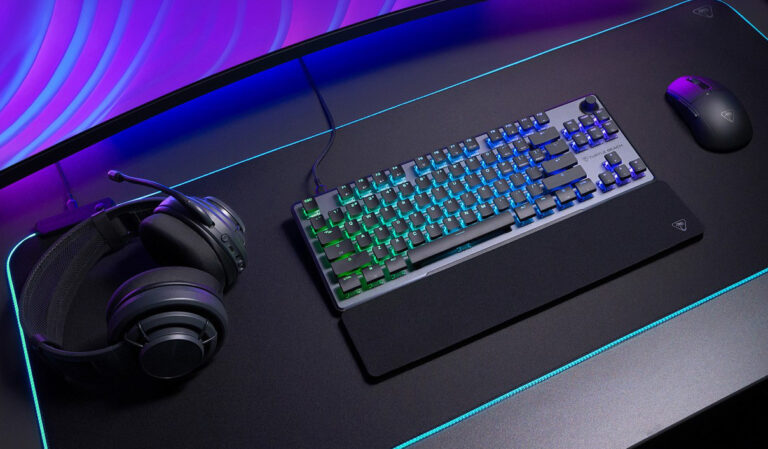AMD myöntää Radeon RX 480:n teho-ongelmat – ajurikorjaus tulossa
AMD:n Radeon RX 480 -näytönohjain julkaistiin torstaina. Pian kuumaksi aiheeksi nousi 150 watin TDP-arvolla varustetun näytönohjaimen tehonkulutus ja erityisesti emolevyn PCI Express x16 -liittimestä käyttämä liiallinen teho. Muutamat rautasivustot raportoivat mitanneensa emolevyn PCI Express x16 -väylästä yli 75 watin tehonkulutuksen, joka rikkoo PCI Express -standardin määrityksiä.
Aluksi AMD yritti selittää mittaustuloksia yksittäistapauksina ja teknisen markkinoinnin johtaja Robert Hallock kertoi Radeon RX 480:n läpäisseen yrityksen sisäiset ja PCI-SIG:n testit. Hallock kuitenkin lupasi, että AMD selvittää asiaa lisää:
”The RX 480 has passed PCIe compliance testing with PCI-SIG. This is not just our internal testing. I think that should be made very clear. Obviously, there are a few GPUs exhibiting anomalous behavior, and we’ve been in touch with these reviewers for a few days to better understand their test configurations to see how this could be possible.”
We will have more on this topic soon as we investigate, but it’s worth reminding people that only a very small number of hundreds of RX 480 reviews worldwide encountered this issue. Clearly, that makes it aberrant, rather than the rule, and we’re working to get that number down to zero”
Kun kuluttajat saivat Radeon RX 480 -näytönohjaimet käsiinsä, AMD:n omalle keskustelupalstalle ilmestyi tapauksia, joissa käyttäjät raportoivat emolevyjen hajonneen.
Lauantai-aamulla AMD julkaisi lausunnon, jonka mukaan he ovat tunnistaneet tapauksia, joissa Radeon RX 480:n säädöt tehonkulutuksen suhteen eivät ole optimaalisia. AMD:n mukaan ongelmat ovat korjattavissa ohjelmistotasolla ja yritys testaa parhaillaan ajuripäivitystä, joka korjaa ongelma. Tilannepäivitys on luvassa ensi tiistaina 5. heinäkuuta:
”As you know, we continuously tune our GPUs in order to maximize their performance within their given power envelopes and the speed of the memory interface, which in this case is an unprecedented 8Gbps for GDDR5. Recently, we identified select scenarios where the tuning of some RX 480 boards was not optimal. Fortunately, we can adjust the GPU’s tuning via software in order to resolve this issue. We are already testing a driver that implements a fix, and we will provide an update to the community on our progress on Tuesday (July 5, 2016).”








